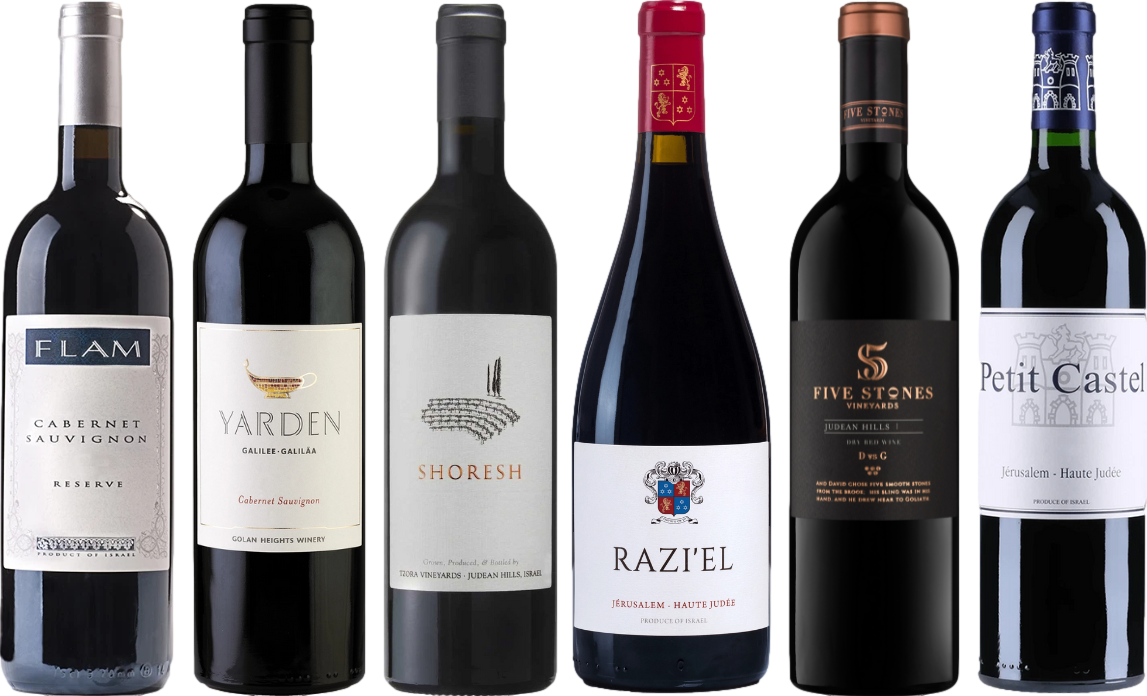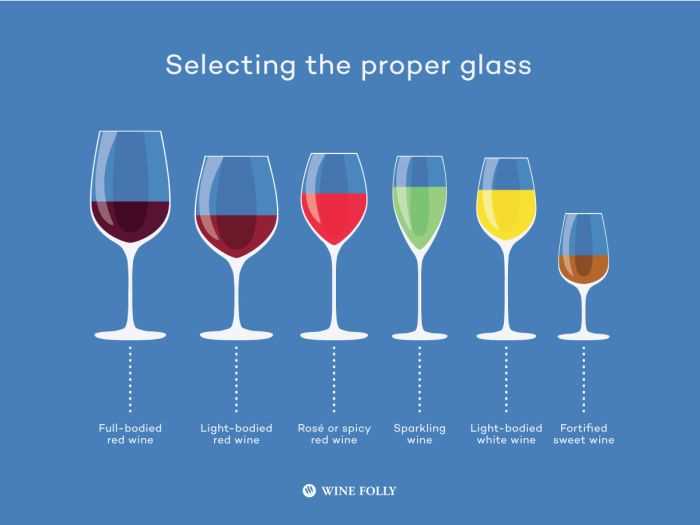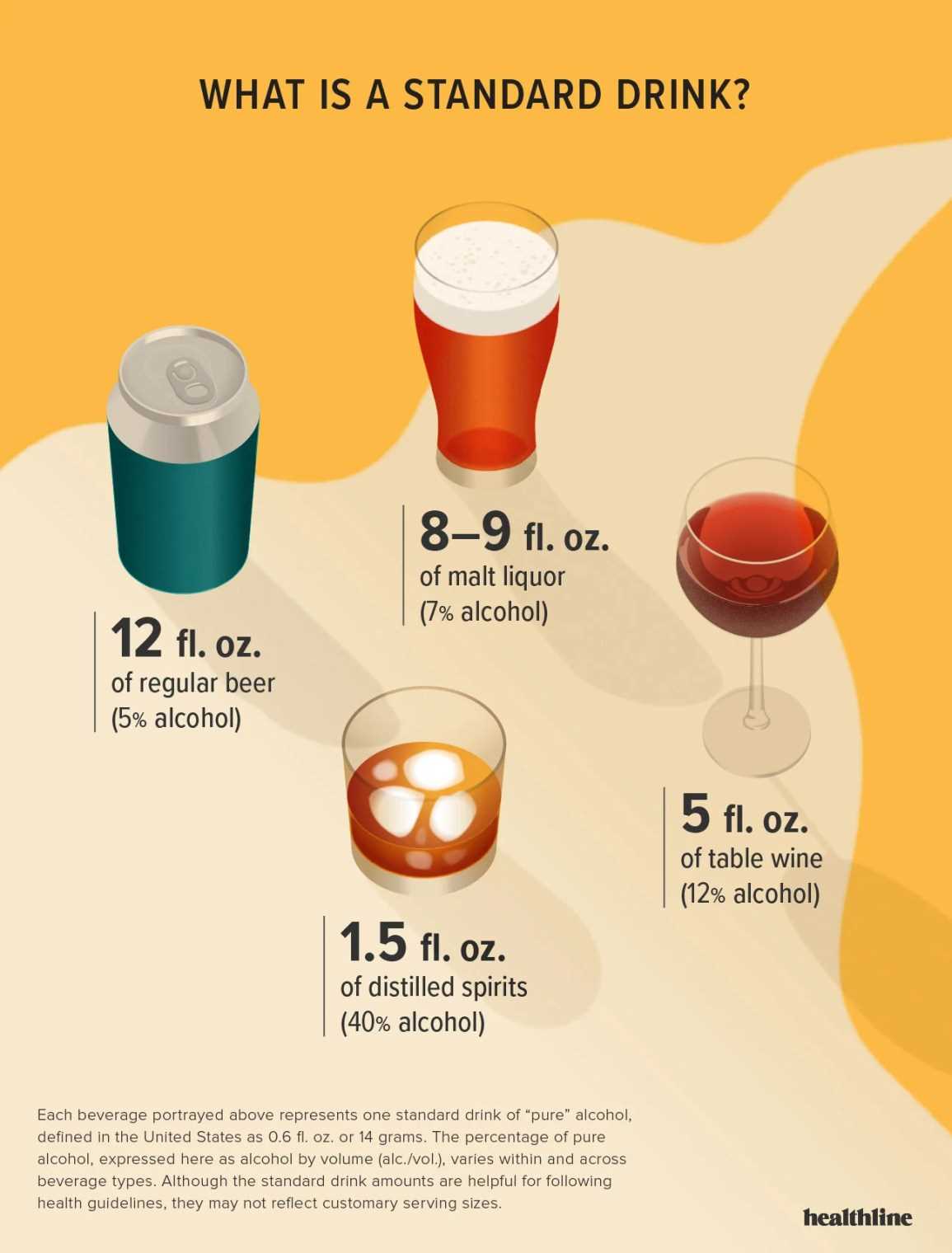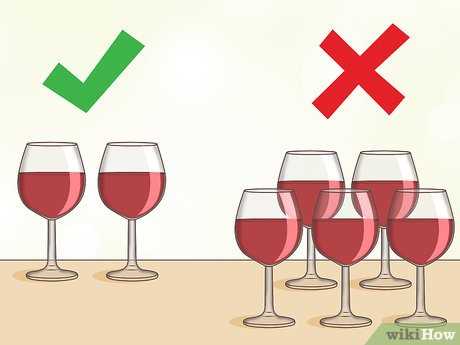



One glass of fermented grape juice can indeed lead to a noticeable state of inebriation, depending on various factors such as alcohol content, individual tolerance, and consumption rate. For those who appreciate the rich flavors and aromas of this beverage, being mindful of the quantity consumed is essential to enjoying it responsibly.
Typically, a standard serving of this dark elixir contains around 12-15% alcohol by volume (ABV). This means that, with just a couple of servings, one can easily reach a level that affects cognitive and motor functions. Personal tolerance plays a significant role; some may feel the effects after a single glass, while others may require more to reach a similar state.
When savoring these fine libations, the context matters as well. Pairing with food can slow down absorption, allowing for a more enjoyable experience without excessive effects. However, drinking on an empty stomach often accelerates intoxication, leading to quicker impairment. Always consider your environment and personal limits to maintain control and enjoy each sip.
Effects of a Certain Dark Beverage
Consuming this particular dark beverage can lead to noticeable effects on the body, especially if enjoyed in larger quantities. The alcohol content plays a significant role in how quickly one may feel the influence of this drink.
Alcohol Content and Consumption Rates
The typical alcohol by volume (ABV) of this drink ranges from 12% to 15%. Understanding how this concentration affects you is key. For example:
- A standard serving size of 5 ounces contains approximately 0.6 ounces of pure alcohol.
- Individual tolerance levels vary greatly. Factors such as body weight, metabolism, and food intake can influence how one reacts.
- It’s advisable to pace consumption. Enjoying one glass over a longer period minimizes the risk of feeling overly intoxicated.
Pairing and Enjoyment

Pairing with food can enhance the experience while moderating absorption rates. Here are some tips:
- Rich dishes, like red meats or hearty pastas, complement the flavors and slow down the effect of alcohol.
- Stay hydrated by alternating between sips of this beverage and water.
- Choose low-alcohol options if looking to enjoy without the strong effects.
By being mindful of serving sizes and food combinations, the experience can remain enjoyable without leading to overwhelming sensations. Always remember to drink responsibly and know your limits.
Understanding Alcohol Content in Red Wine
To grasp the impact of this beverage on our systems, it’s crucial to focus on its alcohol by volume (ABV) percentage. Typically, this figure ranges from 12% to 15% for most varieties, although some can reach as high as 18%.
Here are specific points to consider regarding ABV:
- Higher ABV wines generally lead to quicker intoxication due to increased alcohol intake per serving.
- Serving size significantly affects consumption; larger glasses or multiple servings can elevate overall intake rapidly.
- Sweetness and flavor intensity can mask the perception of alcohol, causing individuals to underestimate their consumption.
When selecting a bottle, take note of the label. Understanding the ABV can help gauge how it will affect your experience. For instance, a wine with 14% ABV will impact you differently than one at 12%.
Moreover, consider the pace of consumption. Sipping slowly allows your body time to metabolize alcohol, reducing the likelihood of overwhelming effects.
In social settings, it’s advisable to balance enjoyment with responsibility. Pairing with food can also moderate the impact of alcohol, enhancing flavors while slowing absorption.
In summary, knowledge of the alcohol content is pivotal in making informed choices and enjoying this beverage responsibly.
Factors Influencing Intoxication Levels
Several elements determine how quickly one feels the effects of alcohol. The most significant is body weight; individuals with higher weight typically metabolize alcohol more efficiently. For instance, a lighter person may experience stronger effects compared to a heavier counterpart after consuming the same amount.
Gender also plays a role. Biological differences mean that women often have a higher blood alcohol concentration (BAC) than men after drinking equivalent amounts. This difference is primarily due to variations in body composition and enzyme activity involved in alcohol metabolism.
Rate of Consumption
The speed at which beverages are consumed directly impacts intoxication. Sipping slowly allows the body more time to process alcohol, while rapid intake can overwhelm the liver’s ability to metabolize, leading to heightened effects.
Food Intake

Having food in the stomach can significantly alter the absorption rate. A meal rich in fats or proteins can slow down the process, resulting in a milder experience. Conversely, drinking on an empty stomach typically leads to quicker and more pronounced effects.
Hydration level is another factor. Dehydrated individuals may find that alcohol affects them more intensely. Staying hydrated can help mitigate some of the adverse effects associated with alcohol consumption.
Individual tolerance, influenced by genetics, drinking habits, and overall health, also dictates how alcohol impacts a person. Regular drinkers often develop a higher tolerance, requiring more to achieve the same effects.
Comparison of Red Wine to Other Alcoholic Beverages

When assessing the intoxicating potential of various drinks, it is essential to analyze their alcohol by volume (ABV) percentages. Most varieties of this specific beverage typically range from 12% to 15% ABV, which is comparable to certain beers and spirits.
Standard beers vary widely in alcohol content, usually ranging from 4% to 6% ABV for lagers and ales. However, craft beers can exceed 10%, sometimes reaching up to 15% ABV. This indicates that while certain beers may provide a similar kick, moderation is key given the volume consumed.
Spirits such as vodka, gin, and whiskey often contain around 40% ABV or higher. This significant difference means that smaller quantities of these liquors can lead to faster and more pronounced effects on the body. It’s vital to consider how mixers can also alter the overall impact when these stronger beverages are consumed in cocktails.
In terms of consumption patterns, the pace at which drinks are enjoyed plays a crucial role. Sipping on a glass of this beverage over a meal can lead to a more gradual absorption of alcohol, while shots of stronger spirits can result in a rapid increase in blood alcohol content.
Ultimately, while this specific drink can certainly contribute to a feeling of inebriation, the context of consumption, alongside comparisons with other alcoholic options, highlights the importance of mindful drinking habits. Understanding these nuances can significantly influence one’s experience and overall enjoyment.
How Serving Size Affects Alcohol Consumption
The quantity poured significantly influences the amount of ethanol consumed. A standard serving of 5 ounces typically contains about 12-15% alcohol by volume, which is a common measure. However, many establishments serve larger portions, often 8 ounces or more, inadvertently increasing intake.
Understanding Standard Servings
It’s essential to recognize what constitutes a standard serving. By adhering to the 5-ounce guideline, one can maintain a better control over consumption levels. Exceeding this amount can lead to quicker intoxication, as the body may struggle to metabolize higher quantities efficiently.
Effects of Larger Portions
When larger servings are consumed, the risk of experiencing heightened effects rises. For instance, a 10-ounce pour could equate to nearly two standard servings. Awareness of serving sizes can empower individuals to make informed decisions, ultimately affecting their experience and response to the beverage.
The Role of Food Pairing with Red Wine
Pairing food with a glass of a deep, rich beverage enhances both experiences significantly. For instance, serving this drink alongside grilled meats allows the tannins to soften, creating a harmonious balance. Dishes like beef stew or lamb chops bring out the fruity notes while complementing the drink’s structure.
Aged cheeses, particularly sharp varieties such as aged cheddar or gouda, also complement the drink beautifully. Their creaminess and robust flavors interact with the beverage’s acidity, resulting in a delightful tasting experience. Consider a cheese board featuring these selections for a perfect pairing.
Vegetarian options, such as roasted vegetables or hearty pasta dishes with tomato-based sauces, can elevate the overall enjoyment. The acidity in the sauce works well to balance the drink’s body, providing a refreshing counterpoint to the meal.
Spicy cuisines, such as Thai or Mexican, require careful consideration. A fruit-forward selection can temper the heat, allowing for a more enjoyable dining experience. Look for those with a hint of sweetness to offset the spices.
Ultimately, the goal is to create a synergy between the food and the drink. Experimenting with different pairings can lead to delightful discoveries that enhance both the culinary and vinous pleasures. Always trust your palate and enjoy the journey of exploration.
Signs of Intoxication After Drinking Red Wine
Experiencing certain symptoms after consuming this beverage can indicate increased levels of impairment. Common signs include a noticeable decrease in coordination, difficulty walking straight, or an inability to balance properly. Individuals may also find their speech slurring or becoming less coherent, which is a clear indication of altered cognitive function.
Physical and Mental Indicators
Physical manifestations such as flushed skin, particularly on the face, are often observed. Additionally, a heightened sense of euphoria might occur, leading to a more outgoing behavior. On the mental side, reduced inhibitions and impaired judgment can surface, making it challenging to make sound decisions.
Impact on Sensory Perception
Heightened sensitivity to light and sound may also be experienced, contributing to discomfort in crowded or noisy environments. Memory lapses, especially concerning events that occurred while drinking, can further signify the effects of alcohol on cognitive processes. It’s crucial to be aware of these signs, as they serve as indicators for responsible consumption.
Tips for Responsible Consumption of Red Wine

Limit servings to a maximum of five ounces per glass to maintain control over intake. This standard helps avoid excessive consumption, allowing for a more enjoyable experience.
Pairing with food enhances flavor while slowing absorption. Consider serving with rich dishes such as beef rib eye steak. A great recipe can be found here: how to cook a beef rib eye steak.
Stay hydrated by drinking water between servings. This practice aids in preventing dehydration and maintains clarity throughout the evening.
Opt for lower-alcohol varieties, typically ranging from 12% to 14% ABV. These selections reduce the likelihood of overindulgence while still providing a delightful tasting experience.
Be mindful of your pace. Savor each sip and allow time between glasses to enjoy the complexities of flavors without rushing.
Keep track of the number of servings consumed. Awareness plays a significant role in ensuring moderation and maintaining a pleasant atmosphere.
Consider the setting. Enjoying in a calm environment with good company encourages responsible drinking and enhances the overall experience.
| Tip | Description |
|---|---|
| Limit Servings | Maximize enjoyment with five ounces per serving. |
| Food Pairing | Enhance flavors and slow absorption with meals. |
| Hydration | Drink water to maintain hydration and clarity. |
| Lower Alcohol Options | Choose varieties with 12% to 14% ABV for moderation. |
| Pacing | Savor each sip and allow time between servings. |
| Track Consumption | Stay aware of the number of servings enjoyed. |
| Setting | Enjoy in a calm environment for a better experience. |










